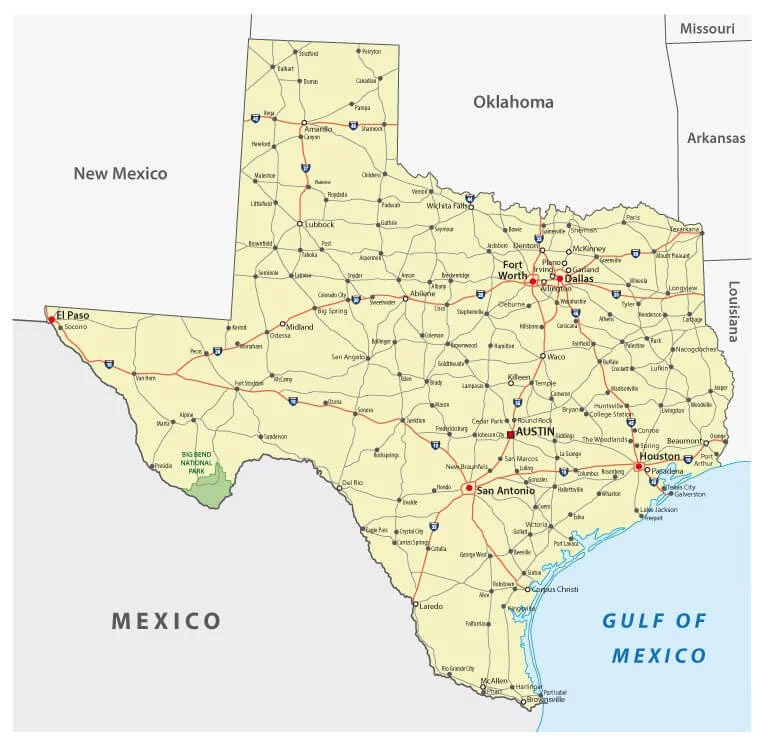Garbage Island, Is That A Myth or Fact?
Imagine you're about to sip your morning coffee, and you hear about the Great Pacific Garbage Island—this vast "island" of trash floating far away in the Pacific. It sounds like something out of a sci-fi novel, right? Except it's real, but not quite the monstrous trash island you might picture.
Not a real island
Let's get this straight: The Great Pacific Garbage Island isn't an island you can walk on. It's more like a ghostly swirl of confetti-sized plastics, stretching over a massive area. According to NOAA*, this isn't a solid mass but a collection of microplastics barely visible to our eyes, more dispersed than concentrated, challenging the "island" imagery we often hear about.
But how big are we talking?
Imagine a place so vast it could rival Texas in size—twice!
That's the scale of it. Despite its enormity, this "island" is not a solid mass but a stretch of ocean filled with tiny, almost invisible plastics, according to Britannica*. These plastics come from all over, highlighting how interconnected our environmental impacts are.
Microplastics: tiny but mighty
The real issue lies with these microplastics. The Ocean Cleanup* explains that these tiny bits are not just on the surface; they're also floating underwater, affecting marine life in ways we're just beginning to understand. Fish might nibble on these thinking they're food, and these plastics can travel up the food chain—all the way to us.
Impacts: closer to home
It's easy to think of the garbage island as a distant problem, but its effects ripple back to our daily lives. Marine animals, some of which end up on our plates, ingest these plastics, introducing toxins into the food chain. Not to mention, the cleanup efforts cost a pretty penny, highlighting the economic side of environmental issues.
Is there hope?
Despite the daunting size of the problem, groups like The Ocean Cleanup are making strides in addressing it. Their efforts remind us that change is possible, and it often starts with the small choices we make every day. Choosing reusable over disposable, refilling household items, refusing more diligently, and supporting sustainable practices can all contribute to a solution!
What Can We Do?
Every piece of plastic you choose not to use, every single effort to refill or refusing more, adds up in the fight against ocean pollution. It's about turning awareness into action, one small step at a time, for the health of our oceans and for our future.
The Great Pacific Garbage Island may sound like a villain from a dystopian tale, but it's a challenge we can meet with collective action and a bit of everyday heroism. Let's tackle it together, one less plastic bottle, one more recycled item at a time.
---
*Sources:
https://oceanservice.noaa.gov/facts/garbagepatch.html
https://www.britannica.com/topic/Great-Pacific-Garbage-Patch
https://theoceancleanup.com/great-pacific-garbage-patch/


